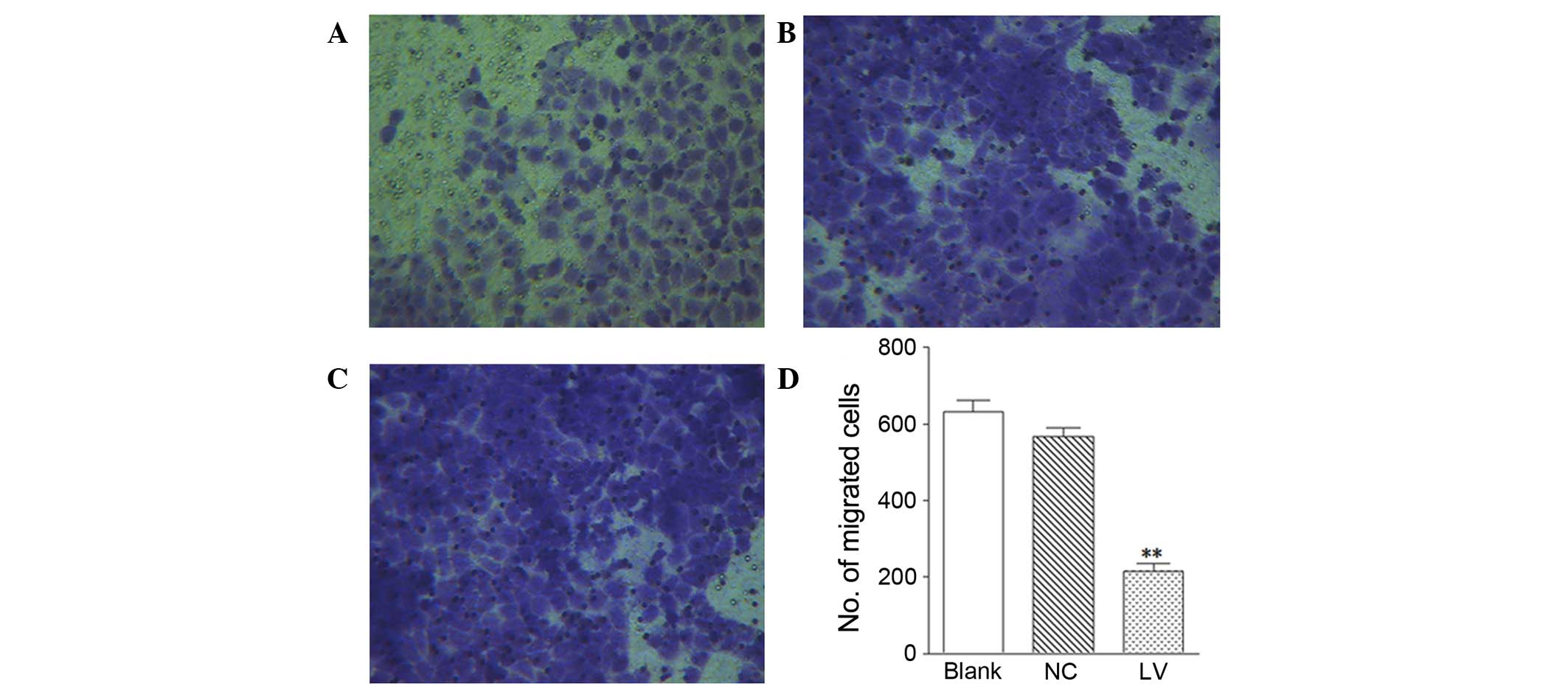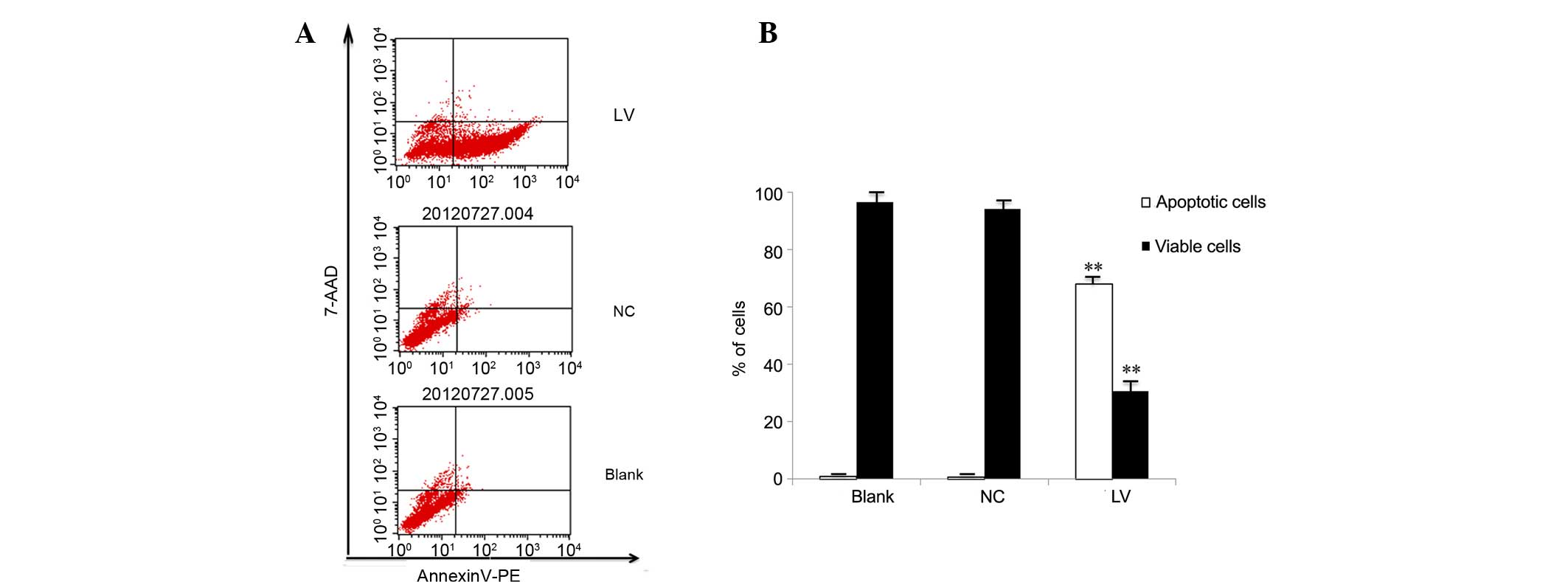|
1
|
McGrath JA and Uitto J: The filaggrin
story: Novel insights into skin-barrier function and disease.
Trends Mol Med. 14:20–27. 2008. View Article : Google Scholar
|
|
2
|
Ovaere P, Lippens S, Vandenabeele P and
Declercq W: The emerging roles of serine protease cascades in the
epidermis. Trends Biochem Sci. 34:453–463. 2009. View Article : Google Scholar : PubMed/NCBI
|
|
3
|
Levin J, Friedlander SF and Del Rosso JQ:
Atopic dermatitis and the stratum corneum: Part 1: The role of
filaggrin in the stratum corneum barrier and atopic skin. J Clini
Aesthet Dermatol. 6:16–22. 2013.
|
|
4
|
Sandilands A, Sutherland C, Irvine AD and
McLean WH: Filaggrin in the frontline: Role in skin barrier
function and disease. J Cell Sci. 122:1285–1294. 2009. View Article : Google Scholar : PubMed/NCBI
|
|
5
|
Weidinger S, Illig T, Baurecht H, Irvine
AD, Rodriguez E, Diaz-Lacava A, Klopp N, Wagenpfeil S, Zhao Y, Liao
H, et al: Loss-of-function variations within the filaggrin gene
predispose for atopic dermatitis with allergic sensitizations. J
Allergy Clin Immunol. 118:214–219. 2006. View Article : Google Scholar : PubMed/NCBI
|
|
6
|
O'Regan GM, Sandilands A, McLean WH and
Irvine AD: Filaggrin in atopic dermatitis. J Allergy Clin Immunol.
124(3 Suppl 2): R2–R6. 2009. View Article : Google Scholar : PubMed/NCBI
|
|
7
|
Sun LD, Xiao FL, Li Y, Zhou WM, Tang HY,
Tang XF, Zhang H, Schaarschmidt H, Zuo XB, Foelster-Holst R, et al:
Genome-wide association study identifies two new susceptibility
loci for atopic dermatitis in the Chinese Han population. Nat
Genet. 43:690–694. 2011. View
Article : Google Scholar : PubMed/NCBI
|
|
8
|
Presland RB, Kuechle MK, Lewis SP,
Fleckman P and Dale BA: Regulated expression of human filaggrin in
keratinocytes results in cytoskeletal disruption, loss of cell-cell
adhesion, and cell cycle arrest. Exp Cell Res. 270:199–213. 2001.
View Article : Google Scholar : PubMed/NCBI
|
|
9
|
Kuechle MK, Presland RB, Lewis SP,
Fleckman P and Dale BA: Inducible expression of filaggrin increases
keratinocyte susceptibility to apoptotic cell death. Cell Death
Differ. 7:566–573. 2000. View Article : Google Scholar : PubMed/NCBI
|
|
10
|
Ishida-Yamamoto A, Tanaka H, Nakane H,
Takahashi H, Hashimoto Y and Iizuka H: Programmed cell death in
normal epidermis and loricrin keratoderma. Multiple functions of
profilaggrin in keratinization. J Investig Dermatol Symp Proc.
4:145–149. 1999. View Article : Google Scholar : PubMed/NCBI
|
|
11
|
Zhang J, Shan L, Koussih L, Redhu NS,
Halayko AJ, Chakir J and Gounni AS: Pentraxin 3 (PTX3) expression
in allergic asthmatic airways: Role in airway smooth muscle
migration and chemokine production. PLoS One. 7:e349652012.
View Article : Google Scholar : PubMed/NCBI
|
|
12
|
Kramer N, Walzl A, Unger C, Rosner M,
Krupitza G, Hengstschläger M and Dolznig H: In vitro cell migration
and invasion assays. Mutat Res. 752:10–24. 2013. View Article : Google Scholar
|
|
13
|
Kong X, Chang X, Cheng H, Ma R, Ye X and
Cui H: Human epididymis protein 4 inhibits proliferation of human
ovarian cancer cells via the mitogen-activated protein kinase and
phosphoinositide 3-kinase/AKT pathways. Int J Gynecol Cancer.
24:427–436. 2014. View Article : Google Scholar : PubMed/NCBI
|
|
14
|
Xu QF, Pan YW, Li LC, Zhou Z, Huang QL,
Pang JC, Zhu XP, Ren Y, Yang H, Ohgaki H and Lv SQ: MiR-22 is
frequently downregulated in medulloblastomas and inhibits cell
proliferation via the novel target PAPST1. Brain Pathol.
24:568–583. 2014. View Article : Google Scholar : PubMed/NCBI
|
|
15
|
Choi YK, Seo HS, Choi HS, Choi HS, Kim SR,
Shin YC and Ko SG: Induction of Fas-mediated extrinsic apoptosis,
p21WAF1-related G2/M cell cycle arrest and ROS generation by
costunolide in estrogen receptor-negative breast cancer cells,
MDA-MB-231. Mol Cell Biochem. 363:119–128. 2012. View Article : Google Scholar
|
|
16
|
Thyssen JP, Ross-Hansen K, Johansen JD,
Zachariae C, Carlsen BC, Linneberg A, Bisgaard H, Carson CG,
Nielsen NH, Meldgaard M, et al: Filaggrin loss-of-function mutation
R501X and 2282del4 carrier status is associated with fissured skin
on the hands: Results from a cross-sectional population study. Br J
Dermatol. 166:46–53. 2012. View Article : Google Scholar
|
|
17
|
McAleer MA and Irvine AD: The
multifunctional role of filaggrin in allergic skin disease. J
Allergy Clin Immunol. 131:280–291. 2013. View Article : Google Scholar : PubMed/NCBI
|
|
18
|
Ridley AJ, Schwartz MA, Burridge K, Firtel
RA, Ginsberg MH, Borisy G, Parsons JT and Horwitz AR: Cell
migration: Integrating signals from front to back. Science.
302:1704–1709. 2003. View Article : Google Scholar : PubMed/NCBI
|
|
19
|
Griffith LG and Naughton G: Tissue
engineering-current challenges and expanding opportunities.
Science. 295:1009–1014. 2002. View Article : Google Scholar : PubMed/NCBI
|
|
20
|
Gumbiner BM: Cell adhesion: The molecular
basis of tissue architecture and morphogenesis. Cell. 84:345–357.
1996. View Article : Google Scholar : PubMed/NCBI
|
|
21
|
Livshits G, Kobielak A and Fuchs E:
Governing epidermal homeostasis by coupling cell-cell adhesion to
integrin and growth factor signaling, proliferation, and apoptosis.
Proc Natl Acad Sci USA. 109:4886–4891. 2012. View Article : Google Scholar : PubMed/NCBI
|
|
22
|
Amelio I, Lena AM, Viticchiè G,
Shalom-Feuerstein R, Terrinoni A, Dinsdale D, Russo G, Fortunato C,
Bonanno E, Spagnoli LG, et al: miR-24 triggers epidermal
differentiation by controlling actin adhesion and cell migration. J
Cell Biol. 199:347–363. 2012. View Article : Google Scholar : PubMed/NCBI
|
|
23
|
Dang NN, Pang SG, Song HY, An LG and Ma
XL: Filaggrin silencing by shRNA directly impairs the skin barrier
function of normal human epidermal keratinocytes and then induces
an immune response. Braz J Med Biol Res. 48:39–45. 2015. View Article : Google Scholar :
|
|
24
|
Lewis CJ, Mardaryev AN, Poterlowicz K,
Sharova TY, Aziz A, Sharpe DT, Botchkareva NV and Sharov AA: Bone
morphogenetic protein signaling suppresses wound-induced skin
repair by inhibiting keratinocyte proliferation and migration. J
Invest Dermatol. 134:827–837. 2014. View Article : Google Scholar
|
|
25
|
Popp T, Egea V, Kehe K, Steinritz D,
Schmidt A, Jochum M and Ries C: Sulfur mustard induces
differentiation in human primary keratinocytes: Opposite roles of
p38 and ERK1/2 MAPK. Toxicol Lett. 204:43–51. 2011. View Article : Google Scholar : PubMed/NCBI
|
|
26
|
Efimova T, Broome AM and Eckert RL: A
regulatory role for p38 delta MAPK in keratinocyte differentiation.
Evidence for p38 delta-ERK1/2 complex formation. J Bioll Chem.
278:34277–34285. 2003. View Article : Google Scholar
|
|
27
|
Jonak C, Mildner M, Klosner G, Paulitschke
V, Kunstfeld R, Pehamberger H, Tschachler E and Trautinger F: The
hsp27kD heat shock protein and p38-MAPK signaling are required for
regular epidermal differentiation. J Dermatol Sci. 61:32–37. 2011.
View Article : Google Scholar
|
|
28
|
Calautti E, Li J, Saoncella S, Brissette
JL and Goetinck PF: Phosphoinositide 3-kinase signaling to Akt
promotes keratinocyte differentiation versus death. J Bioll Chem.
280:32856–32865. 2005. View Article : Google Scholar
|
|
29
|
Pap M and Cooper GM: Role of glycogen
synthase kinase-3 in the phosphatidylinositol 3-kinase/Akt cell
survival pathway. J Bioll Chem. 273:19929–19932. 1998. View Article : Google Scholar
|
|
30
|
Kandel ES, Skeen J, Majewski N, Di
Cristofano A, Pandolfi PP, Feliciano CS, Gartel A and Hay N:
Activation of Akt/protein kinase B overcomes a G(2)/M cell cycle
checkpoint induced by DNA damage. Mol Cell Biol. 22:7831–7841.
2002. View Article : Google Scholar : PubMed/NCBI
|
|
31
|
Faissner A, Heck N, Dobbertin A and
Garwood J: DSD-1-Proteoglycan/Phosphacan and receptor protein
tyrosine phosphatase-beta isoforms during development and
regeneration of neural tissues. Adv Exp Med Biol. 557:25–53. 2006.
View Article : Google Scholar : PubMed/NCBI
|















